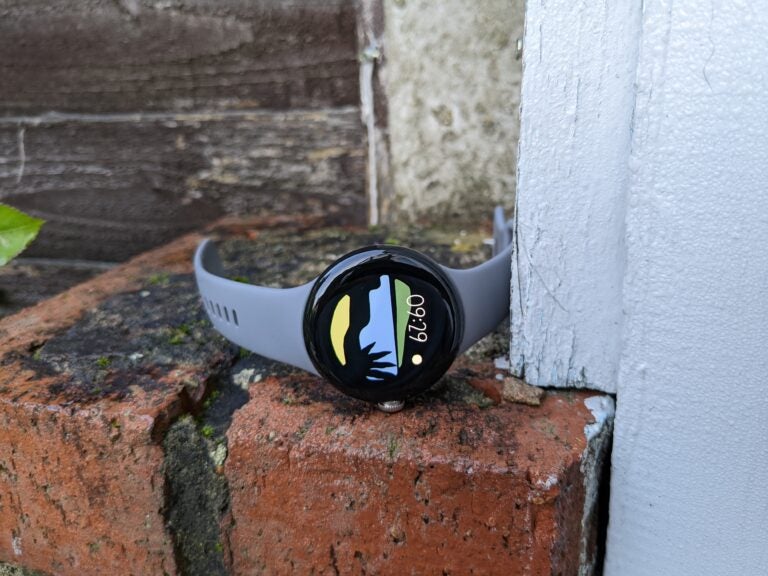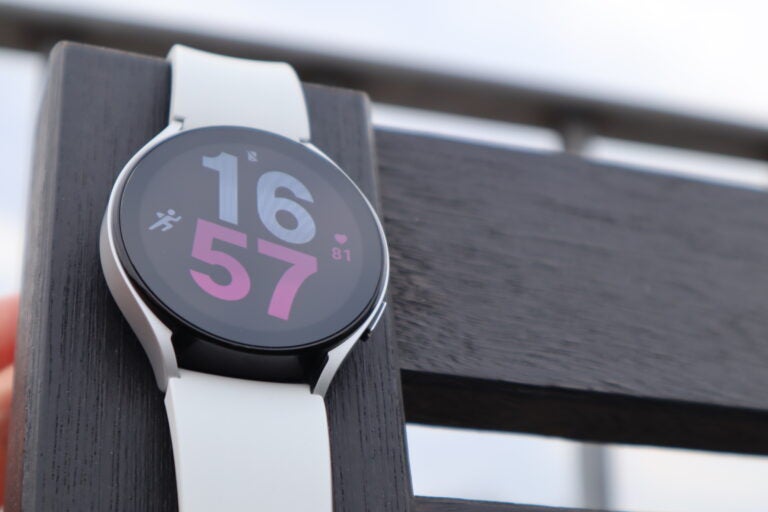For years, many Android users, me included, have been searching for the perfect alternative to Apple’s hegemony of smart watches, and enjoy the same level of connectivity that Apple users enjoy. In many ways, this has been successful with the new Pixel Watch, as well as Samsung’s line up of Galaxy watches, but the backing operating system, WearOS, hasn’t always enjoyed the same attention as it has recently.

Operating system troubles
WearOS has always been a low priority for Google, and this shows especially in the rollout of the WearOS 3 major version, based on Android 11. The following outlines how Google built up WearOS for years, only to repeatedly knife it in the legs.
Google and Samsung tag teaming
Back in 2021, Samsung launched the Galaxy Watch 4, which was the first watch to feature and support the (then-) new WearOS 3, and it held that title for over a year. Samsung’s early-adopter status is due to a partnership with Google, that Google has been flaunting back in 2021. This partnership also meant that Galaxy watches were flaunting features that other WearOS 3 compatible devices do not receive, such as Google Assistant.

It always relates to Qualcomm, doesn’t it?
I can’t fault people for believing that there are only two WearOS watches, but that has never really been the case. Like Android phones, WearOS has allowed other manufacturers to create new watches with it, such as Fossil’s Gen 6 watches, and Mobvoi’s TicWatch lineup. Unlike Google and Samsung’s use of in-house chips, every watch available to upgrade to WearOS 3 runs on a Qualcomm Snapdragon Wear SoC, where the majority run on a Wear 4100 chip, with exception to the Fossil Gen 6 (which uses a Wear 4100+ SoC). Despite this, Google has made the choice to optimise some of its apps, such as Google Assistant and Fit to the Exynos & Tensor chips running on the Galaxy and Pixel watches respectively.
Over-reliance on OEMs
The WearOS 3 major revision brought about a motherlode of breaking changes, such as the Google-developed WearOS companion app no longer being compatible with any watch running this version. Due to this, Google required watchmakers with products compatible for upgrade to utilise their own in-house companion applications. This had fixed the fragmentation of the companion apps for each watch running WearOS 2, which required the Google-developed companion app alongside another app for the relevant OEM of a watch, though at the cost of the time taken to roll out the major update.
This is especially true when you have a Mobvoi watch, a third-party OEM that manages the TicWatch line of products. Mobvoi has been working on the update to their TicWatch Pro 3 series for two years, and delayed by eight months (as of June 2023), while they were working on trying to integrate WearOS 3 to the proprietary hardware that this watch utilises. This is especially bad, now that WearOS 4 is currently in preview, especially without the input of pre-existing manufacturers in the implementation of the operating system.
Conclusion
WearOS has potential to be a good operating system, on the level of Android, but because of Google’s repeated hostility towards OEMs using their own operating system, WearOS has failed to reach it. Google has failed to work with the existing manufacturers of smartwatches, instead choosing to partner with Samsung, who had switched from Tizen to their product.
What this means to the user is that the product they had spent a good amount of money on, may be left to the dust in a few years.